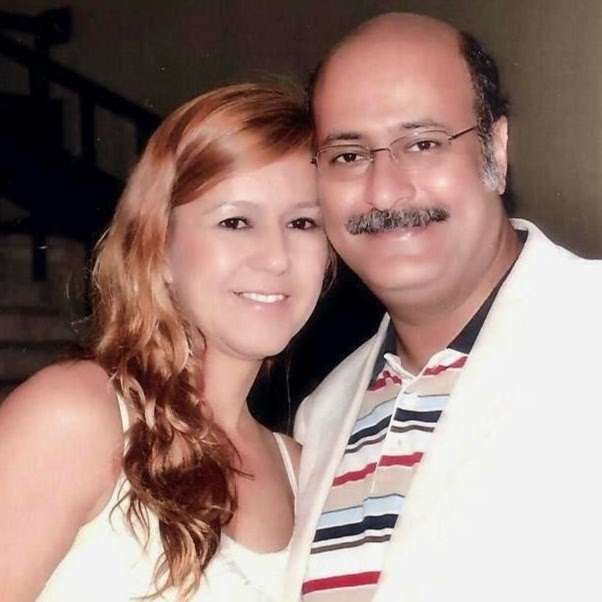by Sherif M. Awad
The John Wick film series is a popular action franchise that has captivated audiences around the world with its intense action sequences, stunning cinematography, and memorable characters. The franchise centers around the character of John Wick, a retired hitman who is forced back into the world of assassins after his wife’s death and the theft of his beloved car. The series has been widely praised for its innovative and unique approach to action filmmaking, and it has drawn inspiration from a wide range of sources, including classic Westerns, Hong Kong action films, and video games.
One of the key inspirations for the John Wick series is the classic Western genre. Director Chad Stahelski has stated that he was influenced by classic Western films such as Sergio Leone’s “The Good, the Bad and the Ugly” and John Ford’s “The Searchers.” These films were known for their iconic anti-hero characters, their striking visual style, and their emphasis on action and violence. Stahelski has noted that he was particularly drawn to the themes of revenge and redemption that are common in Westerns, and that these themes helped to shape the character of John Wick and his quest for revenge against those who wronged him.
Another major influence on the John Wick series is the Hong Kong action film genre. Hong Kong cinema has long been known for its fast-paced, high-energy action sequences, and films such as John Woo’s “The Killer” and “Hard Boiled” have had a major impact on action filmmaking around the world. Stahelski has cited these films as a major influence on the John Wick series, particularly in terms of their use of intricate, choreographed fight scenes and their emphasis on gunplay. The series has also drawn inspiration from the works of other Hong Kong action directors such as Jackie Chan and Bruce Lee.
Video games have also played a significant role in shaping the John Wick series. Stahelski has stated that he was heavily influenced by video games such as Max Payne and Hitman, which feature complex, tactical shooting and hand-to-hand combat. This influence is particularly evident in the way that the John Wick films portray violence, with an emphasis on precision, skill, and strategic thinking. The films have also been praised for their innovative use of world-building, with each installment introducing new characters, locations, and organizations that help to flesh out the series’ unique mythology.
The John Wick series has also drawn inspiration from other classic action films, such as the works of Jean-Pierre Melville and John Carpenter. Melville’s films, such as “Le Samourai” and “Army of Shadows,” are known for their stark, minimalist style and their exploration of themes such as honor, loyalty, and betrayal. Carpenter’s films, such as “Escape from New York” and “Assault on Precinct 13,” are known for their gritty, urban settings and their emphasis on tense, suspenseful action sequences. These influences are evident in the way that the John Wick series portrays its characters and its world, with an emphasis on honor, loyalty, and the complex relationships between its various factions.
The action in the John Wick film series is not entirely realistic, but it is heavily choreographed and stylized to create a unique and thrilling cinematic experience. The fight scenes in the films feature a lot of intricate hand-to-hand combat and gunplay that is designed to be visually impressive rather than realistic. However, the films do take some elements of realism into account, such as the importance of proper gun handling techniques and the consequences of being shot.
One of the unique aspects of the John Wick films is the way they depict hand-to-hand combat. The fight scenes are choreographed to be fast-paced and intense, with a lot of close-quarters combat and grappling. While the moves themselves are not necessarily realistic, the filmmakers do employ a variety of martial arts techniques to create a sense of realism and authenticity.
The gunplay in the films is also heavily stylized. The filmmakers use a lot of slow-motion shots and extreme close-ups to highlight the action and make it more visually impressive. While the gun handling techniques used in the films are generally accurate, there are some instances where the characters are able to fire multiple rounds without reloading, which is not realistic.
Additionally, while the films do show the consequences of being shot, they also depict characters surviving injuries that would likely be fatal in real life. The characters in the films are able to endure a significant amount of punishment and keep fighting, which is not entirely realistic but is a common trope in action films. The films take some elements of realism into account, but they also prioritize style and spectacle over strict adherence to realism.

